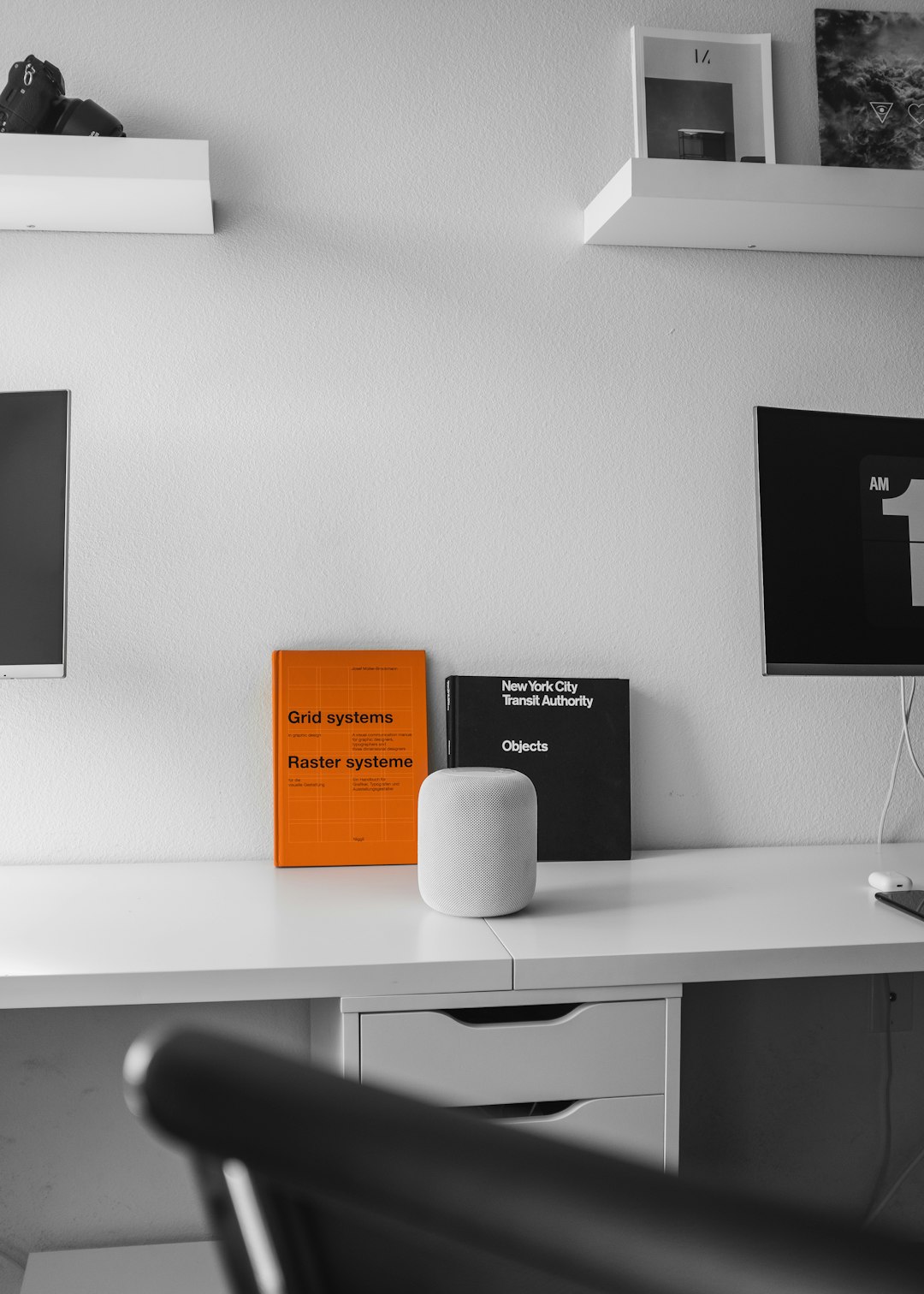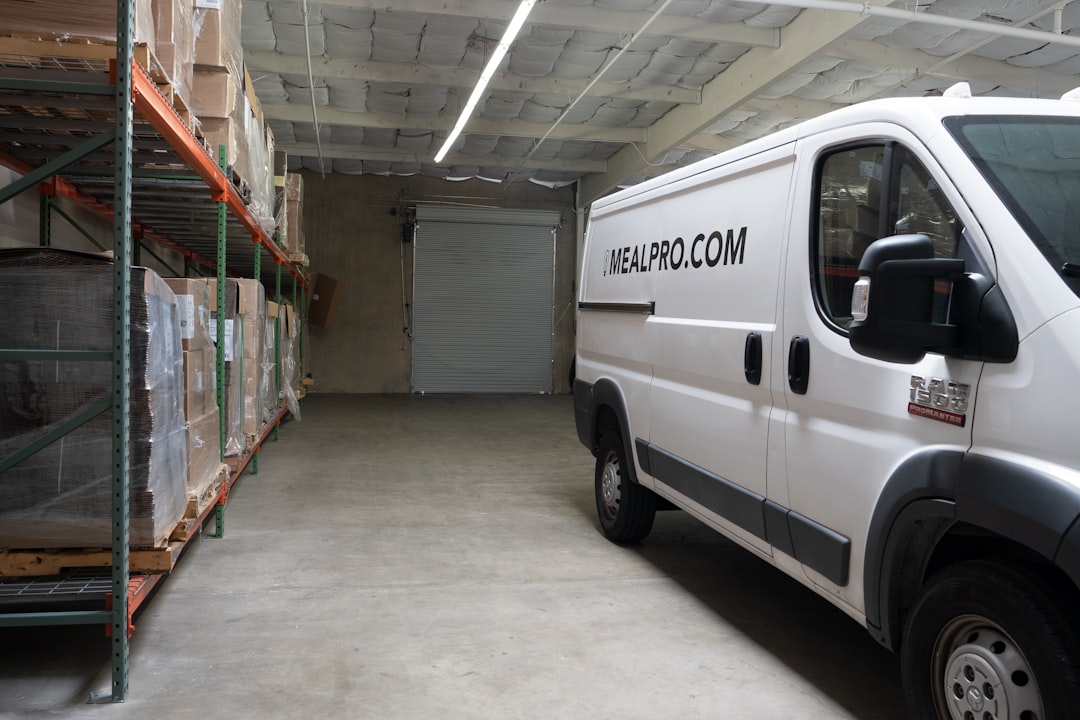In today’s fast-paced business environment, managing financial transactions efficiently is critical to maintaining competitiveness and growth. Businesses, especially small and medium-sized enterprises, are constantly seeking payment solutions that simplify tasks and save valuable time. One technological advancement shaping this shift is digital invoicing systems like Clearent Invoicing. When compared to traditional payment methods, Clearent offers features designed to automate tasks, streamline operations, and eliminate many of the manual bottlenecks associated with old payment practices. But how does it truly compare in terms of time savings? Let’s explore both approaches.
Understanding Clearent Invoicing
Clearent Invoicing is a modern, digital invoicing and payment platform designed to make billing fast, accurate, and user-friendly. It allows businesses to generate and send invoices electronically, accept payments online through credit cards or ACH, and track customer activity in real time. By integrating seamlessly with other financial tools, Clearent automates many parts of the payment process—from invoice creation to reconciliation.
Traditional payment methods, on the other hand, often involve issuing paper invoices, waiting for checks to arrive via mail, manual deposits at banks, and a cumbersome reconciliation process. Each step introduces opportunities for delays and errors that can cost both time and money.
Key Differences: Time Efficiency in Focus
- 1. Invoice Creation: With Clearent, invoices can be created from pre-loaded templates or automatically generated based on previous transactions. Traditional methods require manual data entry and formatting for each invoice, which is time-consuming and susceptible to mistakes.
- 2. Payment Collection: Clearent allows customers to pay directly through a secure link embedded in the invoice. Traditional payment collection methods depend on physical checks, which can take days—even weeks—to arrive and clear.
- 3. Reconciliation: Automated reconciliation is one of Clearent’s strongest time-saving features. It automatically matches payments with invoices, reducing the need for manual bookkeeping. Traditional bookkeeping can take hours, especially at the end of every billing cycle.
- 4. Notifications and Follow-Ups: Clearent can be set to send automatic payment reminders, significantly reducing the time spent following up with clients. In traditional setups, follow-ups are usually done manually by phone or email.

Case Study: Time Saved by Digitizing Invoicing
To quantify the time savings, consider a small business that processes about 100 invoices per month:
- Traditional Method: Creating, printing, mailing, and processing each invoice can take roughly 10-15 minutes. That equates to 16-25 hours per month.
- Clearent Method: With automation, the time reduces to about 2-3 minutes per invoice. That adds up to roughly 3-5 hours monthly.
Time Saved: 12-20 hours per month — That’s significant when multiplied over the course of a year.
Additionally, payment lag time with traditional checks can average 7-10 business days, whereas Clearent often processes payments within 24-48 hours, further accelerating cash flow.
Additional Benefits Beyond Time-Saving
While the spotlight here is on time savings, Clearent Invoicing offers added advantages that impact overall business efficiency:
- Improved Accuracy: Human error is vastly reduced thanks to automation and data validation features.
- Enhanced Record Keeping: Digital invoices are automatically archived, making audits and financial reviews much smoother.
- Environmental Impact: Reduced paper usage makes it an eco-friendly choice.
- Customer Convenience: Clients can pay using a variety of methods directly from the invoice, reducing friction and increasing prompt payments.

Challenges and Limitations
It would be incomplete to highlight Clearent’s time-saving benefits without acknowledging potential challenges:
- Learning Curve: Transitioning from a traditional system to a digital one may require initial training and adjustments in workflow.
- Internet Dependency: Cloud-based invoicing systems require a stable internet connection, which can be a limitation in areas with spotty connectivity.
- Subscription Costs: Unlike manual invoicing, Clearent may involve monthly fees, which need to be justified by the time and cost savings delivered.
However, for most businesses, these hurdles are minor in comparison to the overall productivity gains and time savings. The transition pays off quickly in day-to-day operations and long-term financial health.
The Verdict: Which Saves More Time?
When the focus is purely on time-saving, Clearent Invoicing clearly outperforms traditional payment methods. Whether it’s crafting invoices, collecting payments, sending reminders, or reconciling books, the digital solution introduces efficiencies at every step. Over time, these efficiencies translate into better cash flow, improved client relationships, and more bandwidth for core business activities.
The key takeaway here is that adopting Clearent Invoicing is not just about going digital—it’s about working smarter. For businesses that value time as one of their most critical assets, Clearent offers a compelling case for making the switch from conventional payment practices.
FAQ
Q: What types of businesses benefit most from Clearent Invoicing?
A: Small to medium-sized businesses, service providers, consultants, freelancers, and e-commerce businesses benefit greatly from Clearent’s automation and flexibility.
Q: Does Clearent Invoicing integrate with accounting software?
A: Yes, Clearent Invoicing integrates with many popular accounting platforms, which simplifies financial management and reduces manual data entry.
Q: Is Clearent secure for handling sensitive payment information?
A: Absolutely. Clearent uses advanced encryption and follows industry standards such as PCI DSS compliance to protect customer data.
Q: Can I customize the appearance of my invoices in Clearent?
A: Yes, users can customize invoice templates to reflect their brand, including logos, colors, and payment terms.
Q: What happens if a customer doesn’t pay through Clearent?
A: Clearent includes automated reminders and overdue notifications. Additionally, businesses can track unpaid invoices and follow up more efficiently than with manual processes.
Q: How long does it take to get started with Clearent?
A: Most businesses can be set up and ready to send invoices within a few hours, depending on the complexity of their needs and the level of data migration required.
In conclusion, while traditional payment methods still hold value in specific scenarios, the power and time-saving capabilities of Clearent Invoicing place it far ahead as a modern solution for today’s business needs.



